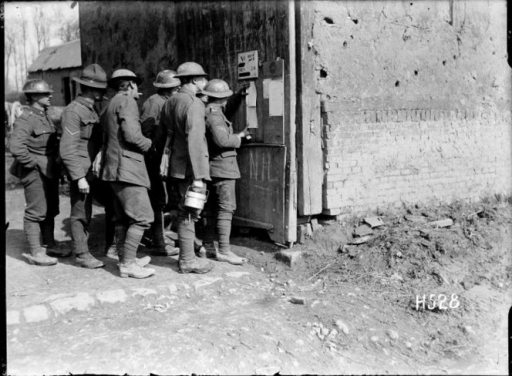The impact of restrictions imposed on the flow of information during the Great War is scrutinised in a collection of essays, cartoons and a video featured by New Zealand’s Centenary programme.
Fake news is nothing new, WW100 New Zealand points out.
Historian and archivist Jared Davidson says: “Censorship was designed to keep crucial information like troop movements from falling into enemy hands. But it was also used to conceal the war’s grim realities from those at home and as a tool to keep domestic dissent in check.”
Censorship – considered essential to the war effort – was imposed in New Zealand in 1914, long before the country’s troops fired their first shot.
Newspapers, telegrams and private correspondence all came under the censor’s eye.
Dissent
“More than a million letters, postcards and packages were opened and examined during the war and news of military campaigns were heavily censored to portray the allied cause in the best possible light,” Jared Davidson explains.
“It was illegal to screen any film that had not been approved by a government censor and in 1917, even the sale of invisible ink was banned.
“As the fighting dragged on, war weariness and unrest grew on the home front. Foreign nationals, pacifist and dissenters increasingly found themselves under the watchful eye of the censors. By November 1918, 287 people had been charged or jailed for seditious or disloyal remarks.”
The study not only investigates the historical impact of censorship but also considers some of the issues affecting the free flow of information in New Zealand today.
WW100 New Zealand Director Sarah Davies says: “This campaign is designed to help people gain a deeper understanding of the realities of life in the First World War. Looking at the issue of censorship in connection with things we see happening today, makes it that much more relevant.”
Discover the perspectives on censorship here – WW100 New Zealand Censorship.
Source: WW100 New Zealand
Images: Henry Armytage Sanders – Royal New Zealand Returned and Services’ Association: official negatives, World War 1914-1918. Ref: 1/2-013145-G. Alexander Turnbull Library, Wellington /records/22 . No known copyright restrictions
Posted by: CN Editorial Team
